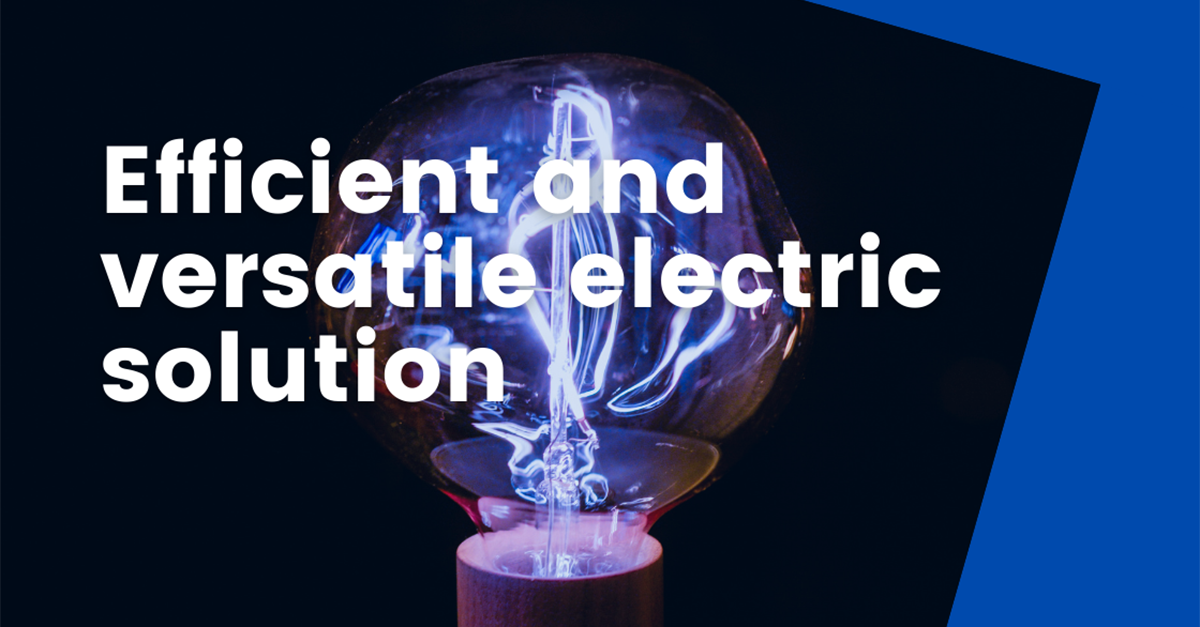Diesel and petroleum-powered vessels have for a long period of time dominated the technology used for maritime transportation. The industry is facing an inflection point, however, as restrictions around emissions, energy efficiency and cost are driving electric power into increasingly prominent positions within the market. Owners are beginning to understand the increased value of electric vessels, which not only reduce emissions but may lead to decreased fuel and maintenance costs in some vessels as well. Utilizing energy in an efficient manner is a win for the environment as well as the wallet.
Recognizing the benefits of electric power onboard a vessel and implementing it are two different topics. Retrofitting an older vessel to take advantage of new electric technologies is not the same process as designing a new vessel. Vessels are unique and need to be looked at on a case-by-case basis to determine the best solutions. There is a wide range of electric technology solutions available to meet the array of requirements from small to large vessels, including both new builds and retrofits. Understanding the building blocks available allows the designer to optimize the solution for the particular vessel.
One of the first decisions to make when implementing an electric solution is what type of distribution system to use for the power. The distribution can be either AC or DC. There are advantages to both depending on the installation, but often DC distribution results in a more compact installation that also saves weight on board. DC distribution allows sources of different voltages and frequencies to be shared and consumed as needed with interfacing provided by state-of-the-art power electronic converters. The DC distribution system offers simple flexibility to easily add on to in the future as needed. System protection is guaranteed with fast-acting semiconductor devices limiting short circuit faults.
Energy storage in the form of batteries is a commonly used newer technology to utilize onboard electric power efficiently. The power from a battery is versatile when used with power conversion equipment. The battery can supply power to any of the electrical loads on board, including industrial and hotel loads as needed. Peak shaving and spinning reserve reduction utilizing battery power allow operational benefits in many cases. Charging the batteries is also versatile and can come from several different types of sources. Some of the sources include shaft generators, auxiliary generators and onshore port connections. The battery pack can be sized to optimize the required power and tailored to each situation.
Electric motors and generators are also key components necessary for onboard electrification. When installed on a propulsion shaft, which is driven by a diesel, LNG or fuel oil engine, the electric machine can function as both a motor and generator. This opens new possibilities to manage electric power in a highly efficient and environmentally conscious manner. Permanent magnet machines offer high efficiency, smaller size and weight as well as lower maintenance requirements compared to older, separately excited synchronous machines.
Yaskawa Environmental Energy / The Switch has provided permanent magnet machines and power converters to the maritime industry for many years. To learn more about our technologies and products, please visit our website at www.theswitch.com, where you can also view our webinars on demand.
The benefits of electrification are available for everyone!
Peter Reindl
